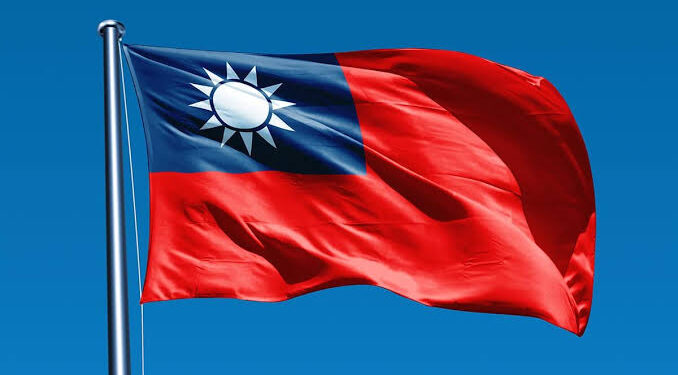In a rapidly evolving geo-political conflict, Taiwan has become increasingly vigilant of the Chinese military activities around the Taiwan Strait due to the ongoing conflict between both countries. Taiwan announced on Thursday that it is closely observing the Chinese military, due to the movement of numerous Chinese warplanes near the island, to participate in exercises with China’s Shandong aircraft carrier in the Pacific. These drills align with a NATO summit in Washington, where a draft communique describes China as “a key enabler of Russia’s war efforts in Ukraine and a systemic challenge to European security”.
Details of Recent Military Movements
Taiwan’s defense minister reported that the Shandong passed near the Philippines en route to Pacific exercises. In a daily update, Taiwan’s defense ministry detected 66 Chinese military aircraft around the island within the past 24 hours, with 39 aircraft moving to the south and southeast of Taiwan. The previous day, 36 aircraft were noted heading to the Western Pacific for drills with the Shandong.

The ministry released images of a Chinese J-16 fighter and a nuclear-capable H-6 bomber, without specifying the exact location or timing of the photos. Ministry spokesperson Sun Li-fang emphasized Taiwan’s comprehensive monitoring of Chinese activities around the Taiwan Strait.
Taiwan’s Response
Taiwanese President Lai Ching-te reaffirmed his commitment to strengthening the island’s defenses, highlighting the increasing regional threat posed by China’s military maneuvers and “grey zone” tactics. These tactics, which fall short of actual combat, include regular patrols near Taiwan-controlled Kinmen islands.
China’s defense ministry has not commented on the Shandong’s activities. Taiwan has previously reported the Shandong’s presence near the island, including its passage through the Taiwan Strait in December, shortly before Taiwanese elections.
International Reactions
China regards Taiwan as part of its territory and has intensified military activities around the island over the past four years to pressure its democratically governed administration. In response to the NATO summit’s draft declaration, a spokesperson for China’s EU mission criticized its “belligerent rhetoric” and accused it of spreading “provocations, lies, incitement, and smears.”
Taiwan’s foreign ministry expressed support for NATO’s increasing focus on peace and stability in the Indo-Pacific and its engagement with countries in the region. Taiwan is not the only focal point of security tensions involving China and Russia.
Regional Security Concerns
Japan reported tracking two Russian frigates passing between its islands near Taiwan, heading toward the Pacific Ocean. The South China Sea remains a hotspot, with China and the Philippines in a standoff over disputed territories. Australia and Japan have also intensified their military activities.
The Philippine Air Force recently deployed to northern Australia for combat exercises with U.S. and Australian jets, marking its first overseas deployment in six decades. Additionally, a Japanese navy destroyer entered China’s territorial waters near Taiwan without prior notification, raising “serious concerns” from Beijing.
Bottom Line
Taiwan remains vigilant as China’s military activities increase around the region, signaling rising tensions. While Taiwan strengthens its defenses and garners international support, regional security dynamics continue to evolve, involving multiple global and regional powers.

















